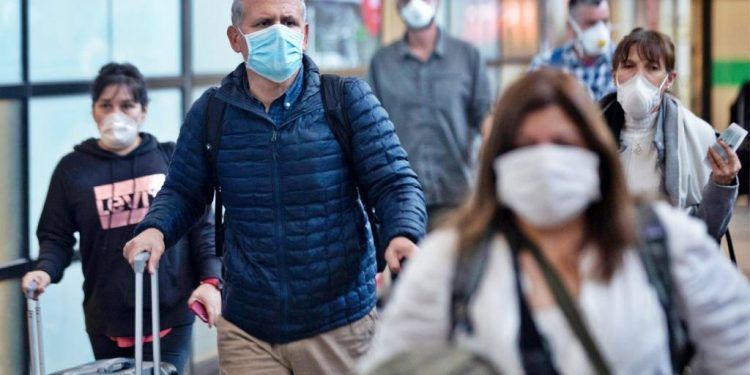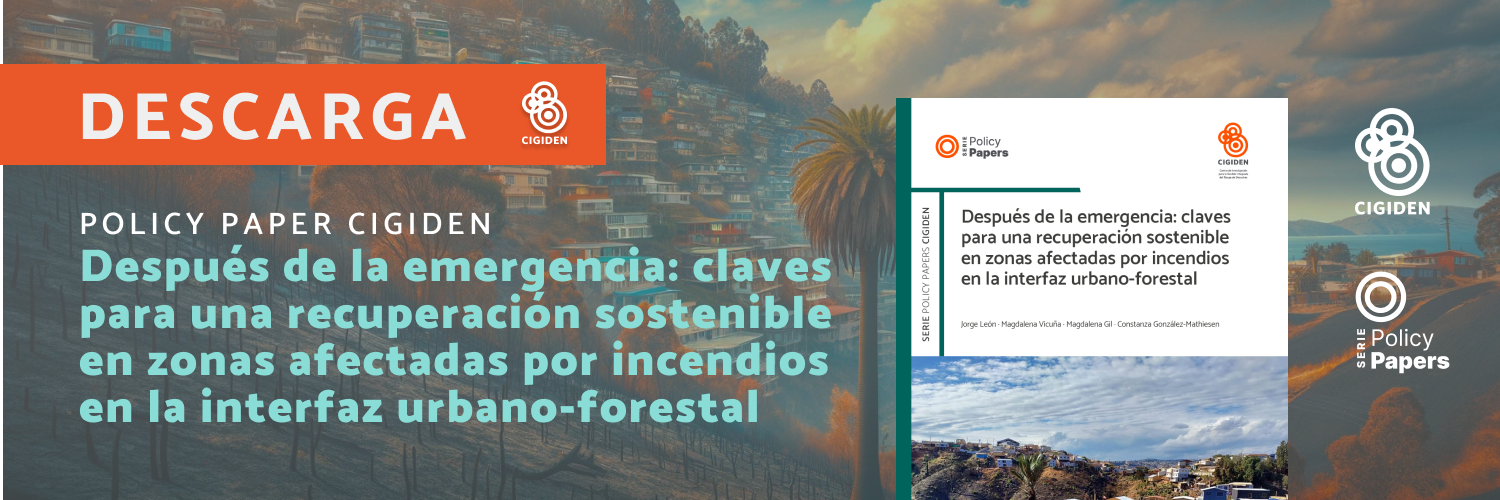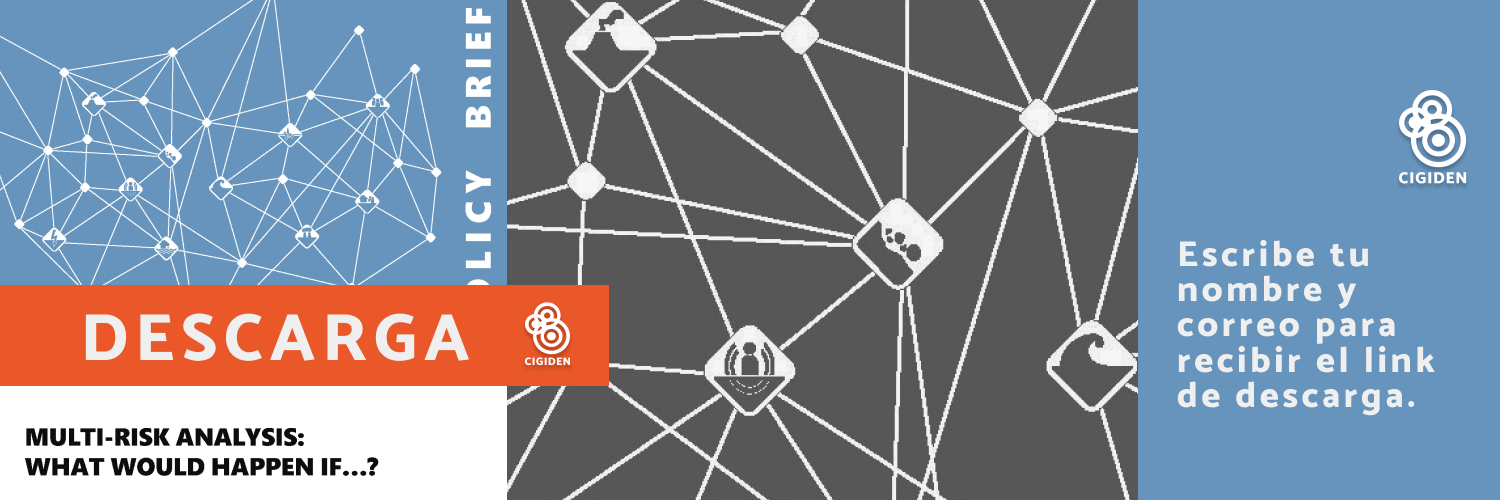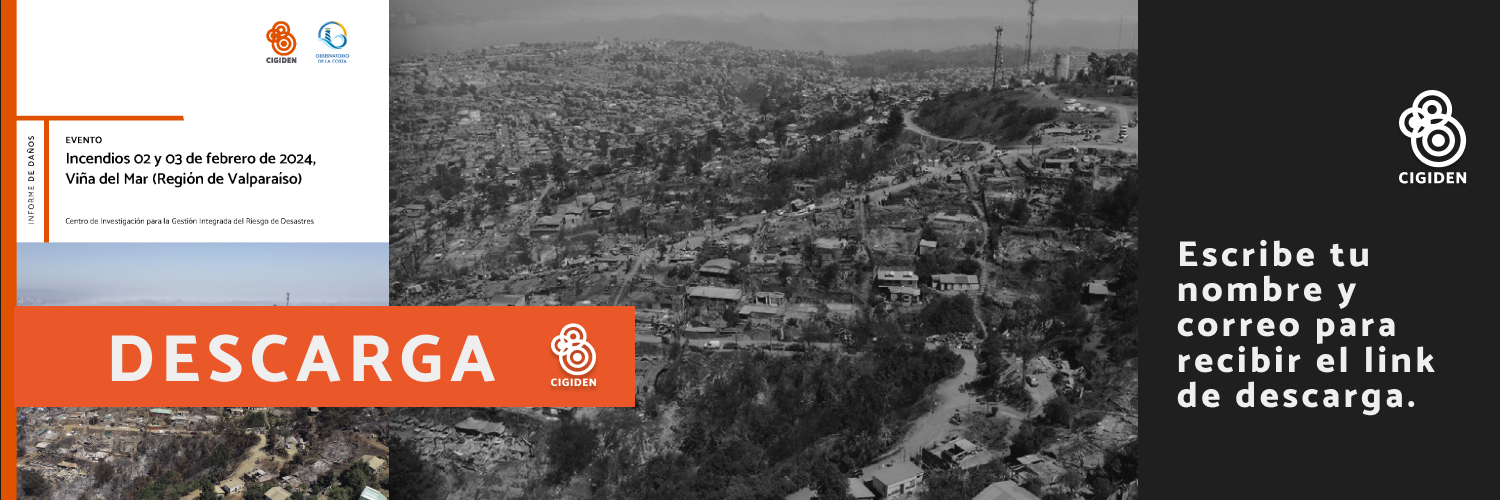Lead Author
Paula Repetto
There is no doubt that Covid-19 is very contagious, being extremely probable that a high percentage of the Chilean population will get infected, 70% according to the authorities, perhaps more. We know that there is no cure, that the treatment is focused on symptoms management, and that it can be lethal for a population group formed mainly by the elderly, and those with pre-existing chronic conditions, among others. Those are some of the certainties we have. Preventing further infections is urgently needed
Recommendations to reduce contagion are actions we must take. These range from hand washing to staying home and restricting contact with others. How do we encourage people to adopt these measures?
According to the literature in psychology, psychological, social, and contextual factors that contribute to explain why people adopt or do not adopt sanitary measures have been identified. Evidence in health psychology shows that people who feel at greater risk of contracting the virus (susceptibility) and consider it a serious illness compromising their health (severity), tend to adhere more to these guidelines.
Besides, we know that generally, it is women and elderly people who properly adopt these measures, the former because of the tasks they typically perform at home and their more frequent tendency to take care of others, and the latter because they recognize a greater risk associated with contagion. The reported breach of quarantine in some cases in our country occur because the person does not feel symptoms or these symptoms are mild. Thus, Covid-19 is not considered as a severe disease to their health. However, it is also probably because it seems that we have transmitted that the disease is infectious but not that it is severe.
Most of these cases (if not all of them) are of people who arrived in Chile from abroad and were recommended to quarantine as they presented symptoms or had been in one of the countries with the highest infection rates. The cases identified at the airport were given a «care recommendation» and then sent home. This did not include quarantine monitoring, which is key to prevent further infections.
The challenge is for all of us to recognize that we are at risk of disease and to show that while some people are at low risk of becoming seriously ill, they could spread the infection to more vulnerable groups. We must make visible that these actions seek to protect other members of our society and our loved ones. The messages aimed at those who perceive less risk to their health (young people) should be different, conceding that they are less likely to change their behavior.
People with higher levels of education follow these recommendations at higher rates, since, for example, teleworking is more feasible for people from advantaged social groups, who have the required equipment to do it and for the types of work they carry out. Yet it is almost impossible for the most vulnerable groups. For people in informal employment or self-employment, adopting these practices has a significant financial cost and represents a substantial constraint to doing so. They need financial security to adhere to these measures.
Differences in the spaces where confinement must take place and how easy it is to access basic supplies are other major barriers that make it difficult for people to stay home for longer periods. Differences in adoption and adherence to practices reflect social inequalities, which must be recognized and addressed. Special attention needs to be focused on people who take care of the chronically ill, who will require support and to be sure that their loved ones have the necessary drugs and health care in case of emergency. Although in Chile it seems that people from more advantaged groups are those who appear not to have adopted the sanitary measures, the rise of teleworking and people who have limited their outings, suggests that it is a rather small group. However, the perceived health risk of Covid-19 appears to be lower for them.
The Sars epidemic proved that trust in the authorities is key to the adoption of these practices. Legitimacy and transparency, as well as cultural reasons, allowed South Korea and other countries to implement these measures effectively. Transparency and message clarity are essential. For that in crisis communication, the voices must be heard regularly and be organized by someone the public trusts. The adoption of these practices depends on who communicates them and how. We know that people will look for information (it is a mechanism to manage the associated anxiety and reduce uncertainty), but the lack of trust in authorities, the delivery of unclear information, and the controversies between different members of society motivate people to find alternative sources of information that may or may not be reliable.
Finally, legitimacy also depends on the attitudes that authorities and all those who have a leadership role in society take. They must stress the importance of adopting these behaviors and lead by example. The way we report the crisis, and how we behave, provides people with information about the seriousness of the crisis and the relevance of the proposed measures. Authorities, opinion leaders, also have to adopt these measures, not only some people.
Consequently, face-to-face interviews through the media to explain announcements and measures being implemented; presence in matinees and other media; travel outside Santiago, among others, are confusing and likely to contribute to the perception of being infected with this virus and that it may not be so urgent to reduce contact with other people. The same applies to mask usage and distance between people. We all need to behave as if we are infected and adopt behaviors to prevent others from getting sick. Only in this way we can contribute to flattening the contagion curve in Chile.
This opinion column was written by Paula Repetto, academic at the Psychology department of the Catholic University of Chile (UC by its initials in Spanish) and researcher from the Research Center for Integrated Disaster Risk Management; along with Margarita Bernales, from UC Nursing; and Manuel Ortiz from the Psychology department of the University of the Frontier. It was published in the scientific magazine “Qué Pasa”. Check the publication here.










